
Linen vs. Cotton Clothing: Which Is Better For You?
Your Wardrobe Must-Haves: Linen and Cotton
When seeking comfort, breathability, and style in our clothing, linen and cotton are the two most popular natural fabric choices. So, what exactly is linen? How does it differ from the equally popular cotton? Why is it so popular, especially in warm weather, and what role should it play in your wardrobe? In this article, Ipekci Otantik examines these two legendary fabrics with a focus on clothing.
With its airy weave, durable texture, versatile appearance, and increasingly soft feel, it's easy to see why linen is a premium fabric choice for clothing. This natural material is a must-have for summer shirts, comfortable trousers, warm-weather suits, and elegant dresses. One of linen's most prominent features is the comfort it provides in everyday wear thanks to its gentle texture.
What is Linen?
Linen fabric is made from the fibers of the flax plant and is known for its durability and versatility. This mid-weight fabric has naturally insulating hollow fibers, keeping you cool in the summer and helping you maintain body heat in cooler weather. Linen's absorbency and quick-drying properties ensure comfort in any climate.
What is Cotton?
Cotton is a popular fabric made from the natural fibers of the cotton plant. Cotton fabrics are available in various weights, depending on how the fibers are spun into yarn. Known for their softness, breathability, and durability, cotton is the most common choice for a wide variety of garments, from everyday T-shirts to jeans. Because cotton plants naturally grow in tropical and subtropical climates, they are one of the most widely produced and worn fabrics worldwide.
How is Linen Made?
The linen-making process involves several key steps, from growing the plants that produce the fabric's fibers to weaving the breathable, durable fabric on looms. Here's the linen production process:
-
What is it made from?: Linen is made from the fibers of the flax plant. The flax plant, with its glossy leaves and pale blue flowers, grows in about a hundred days.
-
Harvesting : The plant is cut or pulled from the ground to extract the fibers.
-
Separation : Usable fibers are separated from other parts of the plant, such as seeds and leaves.
-
Soaking : The stems are soaked to break down the fiber through a biological process called retting. This process produces a shiny, yellowish fiber.
-
Carding : Fibers are combed into yarns and combined into longer yarns for spinning.
-
Weaving : Fibers are processed into threads and loaded onto looms to create large rolls of linen fabric.
Is Linen an Eco-Friendly Fabric?
Because the flax plant grows relatively quickly and doesn't require a lot of water, energy, or other natural resources, linen is also considered a sustainable fabric. The fabric itself is also recyclable and biodegradable. For the most environmentally friendly linen, choose naturally colored fabrics that haven't been bleached, dyed, or treated with chemicals.
Different Types of Linen
Just as there are different varieties of cotton, linen fabrics vary in texture and origin. The most common types are damask, tightly woven, and loosely woven linen. Furthermore, the geography of linen fabric's origin is an important factor in determining its quality.
-
Damask Linen : It has a fine, smooth texture that generally requires durability.
-
Closely Woven Linen : Generally used for garments such as shirts and trousers, this linen has a softer texture.
-
Loosely Woven Linen : This linen has a more relaxed shape and is slightly less durable but more absorbent than other linen weaves. It's often preferred for a relaxed look in summer wear.
-
European Linen : Flax grown in Western European countries like France, Belgium, and the Netherlands is considered the world's highest quality linen, thanks to its ideal climate and soil conditions. This linen has long, durable fibers. European linen is produced using traditional craftsmanship and strict quality control standards, making it ideal for luxury and durable clothing. Certifications such as European Flax® and Masters of Linen® guarantee that the linen is grown and processed in Europe.
-
Chinese Linen : China is a major player in linen production and generally offers more affordable options. However, the quality of linen produced in China can vary. Chemical treatments are sometimes used to reduce costs and increase production speed. This can have negative effects on the fabric's durability and feel. It may offer less transparency and traceability than European linen.
How to Care for Linen Clothes?
Linen garments are quite easy to care for. Generally, you can machine wash them with warm water and a mild liquid detergent. Tumble drying on low heat and using wool dryer balls provide the best results. Many people find linen's natural wrinkles to be part of its comfortable and stylish appearance. To minimize wrinkles, remove your garments from the dryer while they're still slightly damp and hang them immediately.
Linen and Cotton Comparison
For natural and comfortable clothing, cotton and linen are the two most popular choices. Here are the key differences between linen and cotton:
-
They Come from Different Plants : Are linen and cotton the same? No. While both are natural fibers from plants, they are not the same. Cotton fibers come from the cotton plant, while linen comes from the flax plant.
-
Linen Lasts Longer Than Cotton : The fibers found in linen are more durable than the fluffy fibers of cotton. As a result, linen clothing is more durable than cotton clothing, even with long-term use and washing.
-
Linen is More Breathable : While both cotton and linen are extremely airy fabrics, linen offers a bit more breathability, especially in warm weather wear, thanks to its hollow fibers and looser weave.
-
Cotton is More Wrinkle Resistant : While both are very attractive fabrics, linen tends to wrinkle more easily when worn or folded. Cotton, due to its weave, is less wrinkle-resistant.
| Frequently Asked Questions | Answers |
|---|---|
| Are cotton and linen the same? | No, cotton and linen are not the same. While both are natural plant-based fibers, they are derived from different plants. |
| How do you know if a fabric is 100% linen? | 100% linen fabric is lightweight, has a slightly rough texture, wrinkles easily and feels cool to the touch. |
| Which is better, 100% linen or 100% cotton? | Pure linen is better than pure cotton in terms of durability and breathability, but cotton is softer and wrinkles less. A linen-cotton blend is best for durability, softness, and less wrinkling. |
| Does linen shrink when washed? | Yes, linen shrinks in the wash, especially when you first wash it. To minimize shrinkage and wrinkling, wash in cold water, use the delicate cycle, and avoid high heat when drying. |
At Ipekci Otantik , we're confident in the quality of both our cotton and linen products and aim to help you make the perfect choice for your wardrobe. We hope this guide will help you choose the perfect product for your needs.

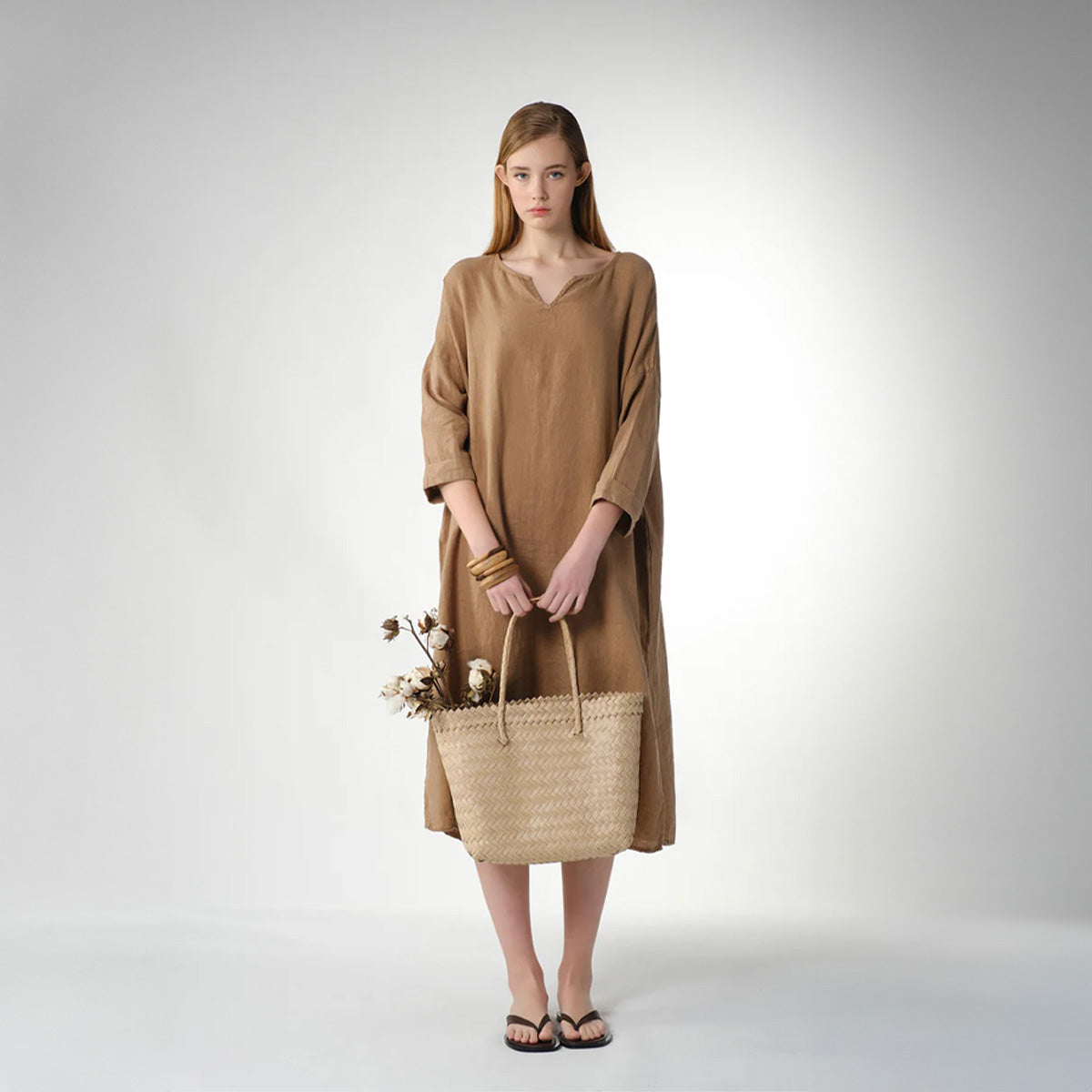
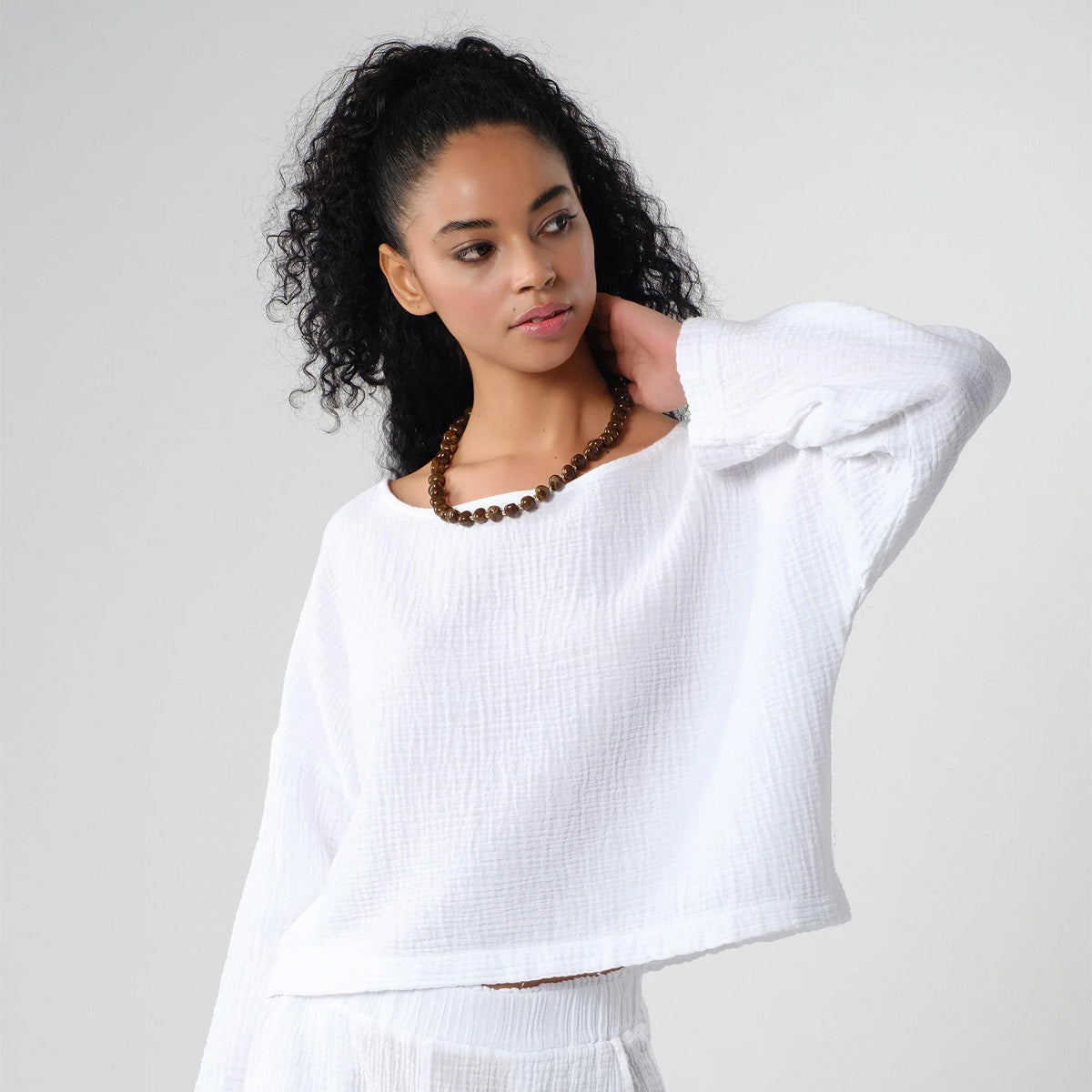
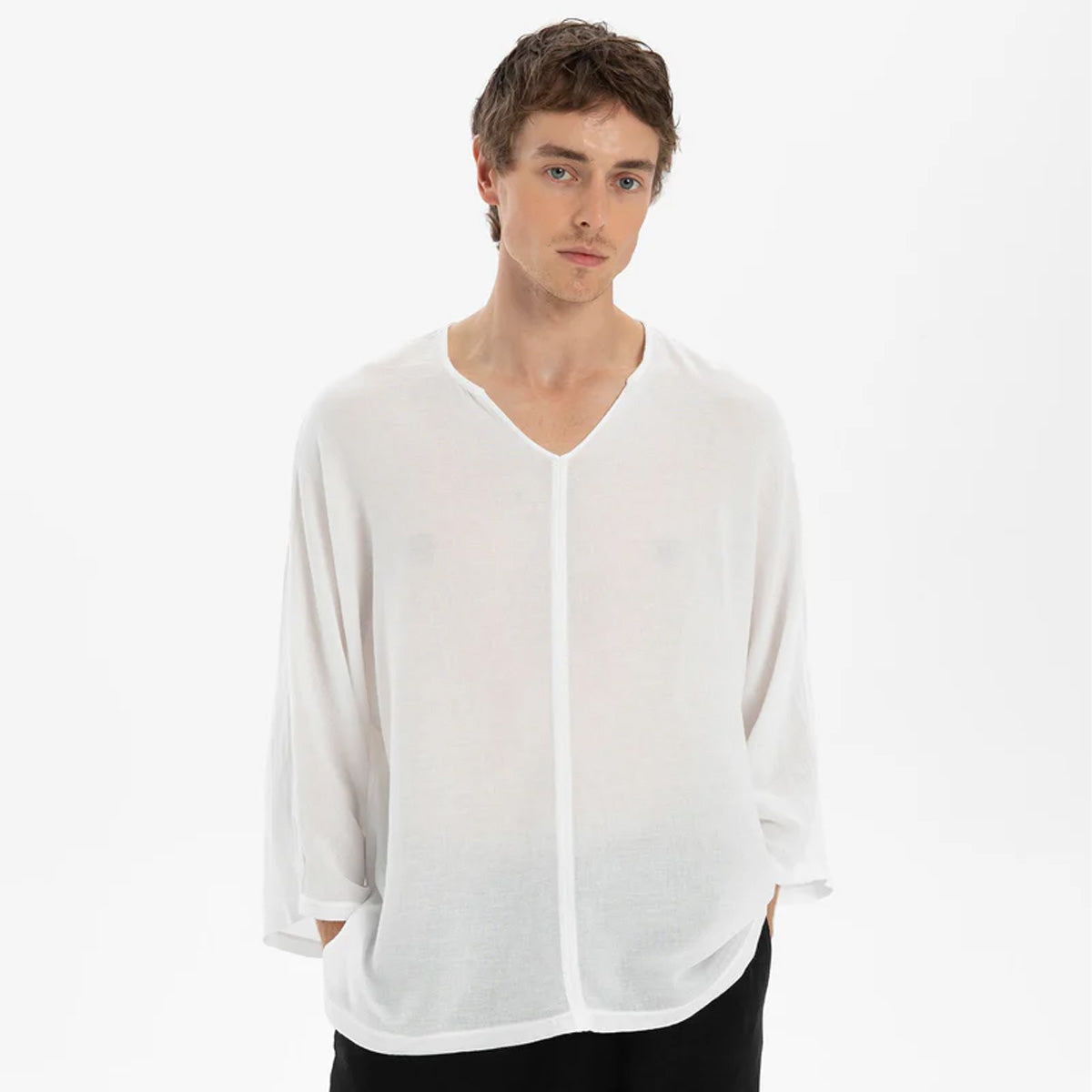
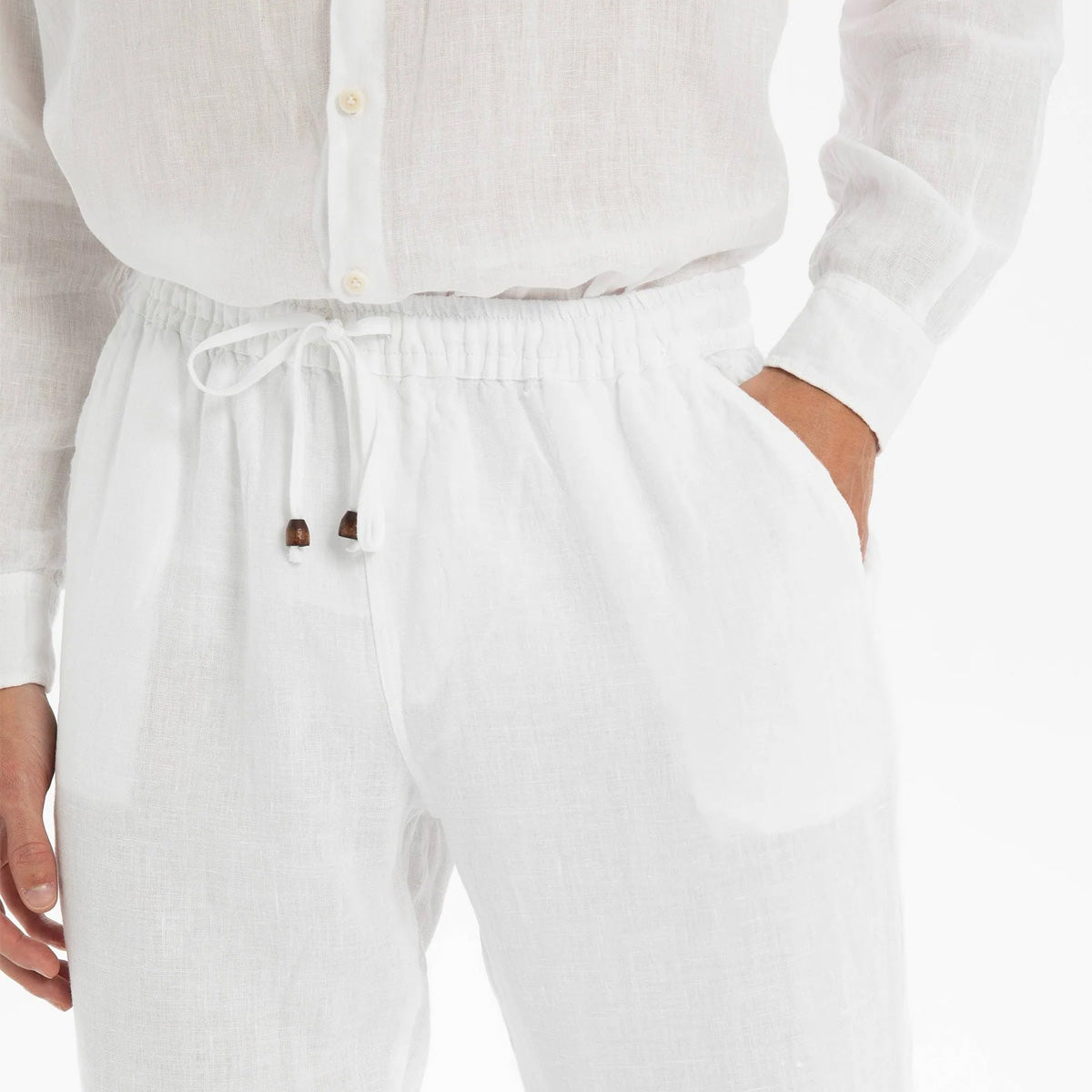
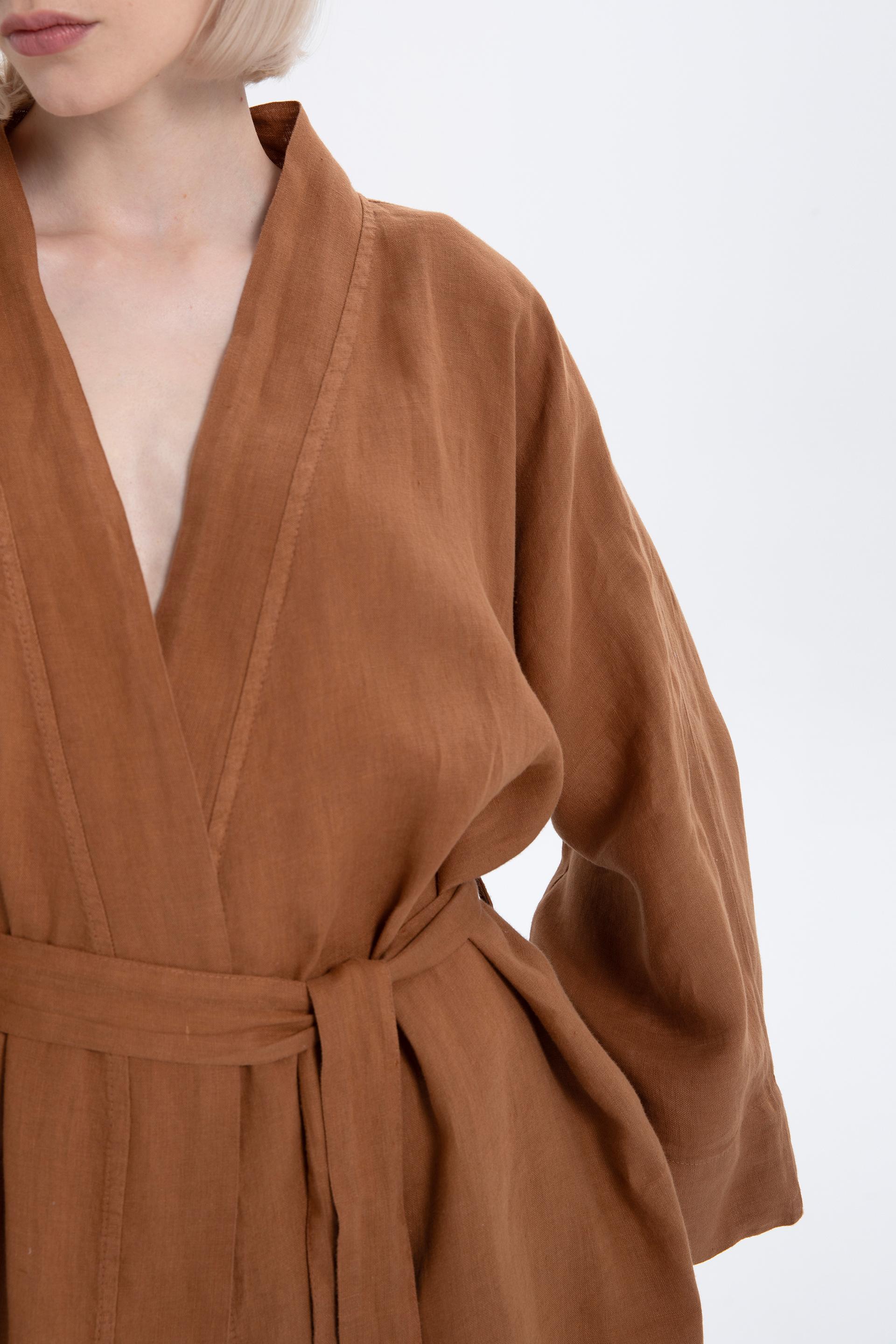
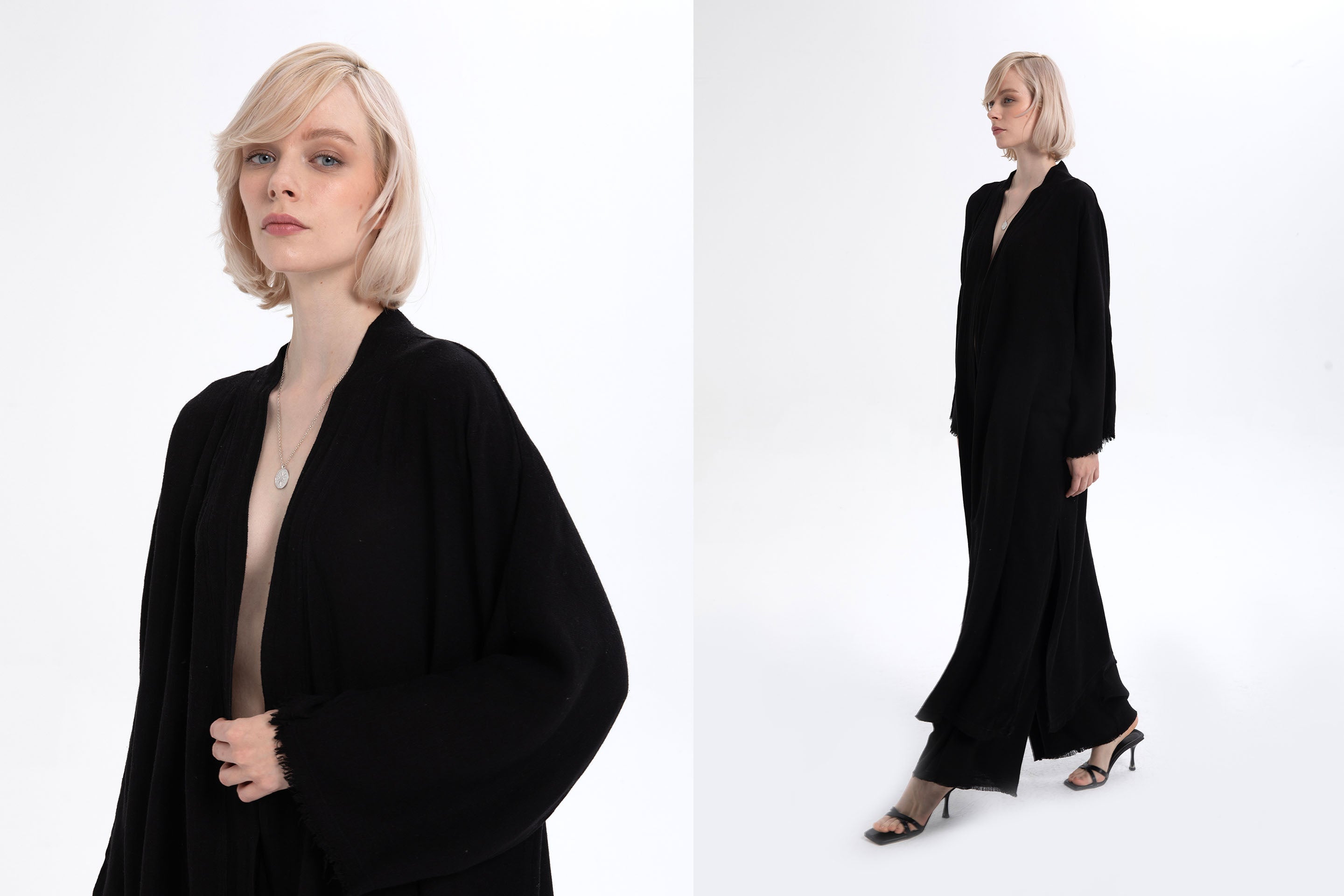
Leave a comment
This site is protected by hCaptcha and the hCaptcha Privacy Policy and Terms of Service apply.